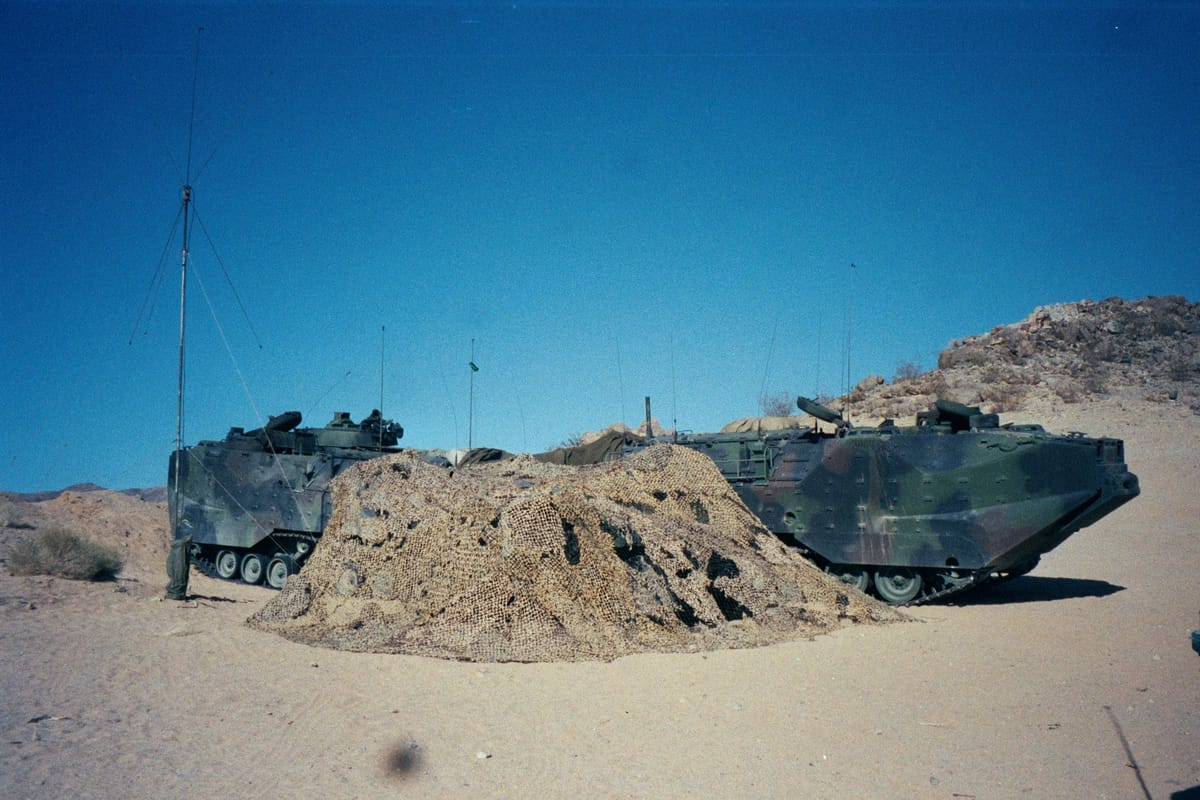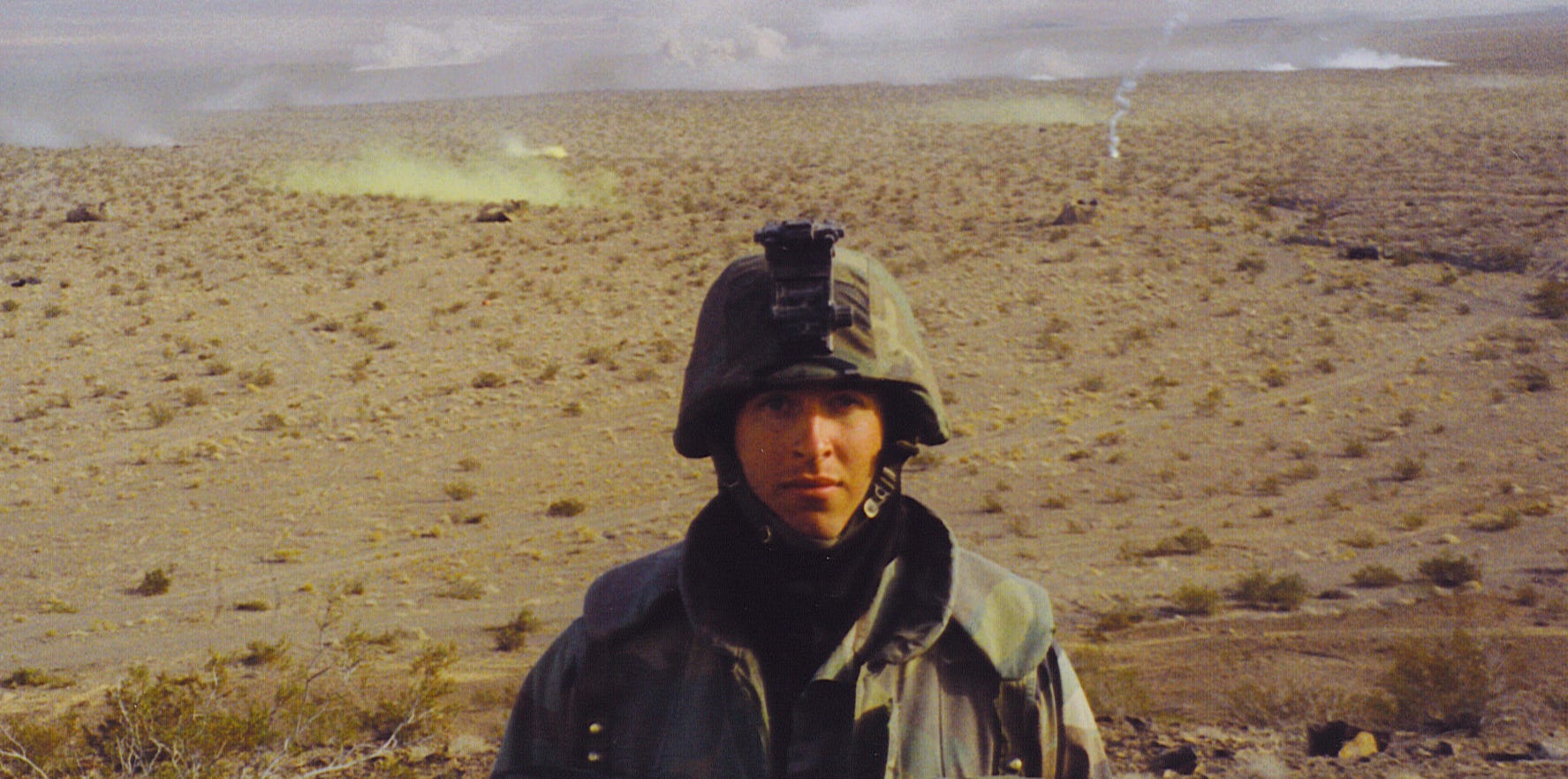From Sand Tables to Success:
Personal Reflections on CAX (Combined Arms Exercise) Planning

Introduction:
In military operations, success is often measured by the meticulous planning and strategic execution that precedes each mission. This sentiment holds especially true for Combined Arms Exercises (CAX), where coordination among diverse units is paramount. Drawing from personal experience, we explore the profound impact of planning on operational success, using the example of the CAX and its role in earning the Navy and Marine Corps Achievement Medal.
The CAX Challenge:
The Combined Arms Exercise is a month-long crucible of military prowess, requiring seamless integration of various units – artillery, tanks, infantry, mortars, and air assets. In this dynamic environment, the difference between success and failure hinges on the effectiveness of planning and coordination.
Personal Experience:
As a participant in a CAX, my role was pivotal – in charge of air assets, coordinating the ingress and egress of fighter/bomber aircraft, and relaying critical target information to pilots. The complexity of the operation demanded a level of planning and preparation that transcended the ordinary.
Meticulous Planning in Action:
The success of our mission wasn't solely about the precision of fighter jets or the firepower of ground units; it was about the harmonious collaboration among disparate elements. Meticulous planning became the linchpin of our success.
1. Understanding the Battlefield: The planning phase involved thoroughly analyzing the operational environment. Through sand table planning, we visualized the terrain's intricacies, identified potential challenges, and strategically positioned units for optimal effectiveness.
2. Coordinating with Diverse Units: The heart of the CAX lies in the synergy among different arms – artillery, tanks, infantry, mortars, and air assets. Effective communication and coordination were paramount. Sand table planning allowed us to align our objectives, ensuring each unit understood its role in the larger mission.
3. Ingress, Egress, and Target Information: My specific role in coordinating air assets required meticulous planning of ingress and egress routes for fighter aircraft. Sand table exercises facilitated a comprehensive understanding of the airspace and potential obstacles. Relay of accurate target information to pilots was critical, and our planning ensured the seamless execution of these maneuvers.

Achieving Excellence:
The successful execution of my role in CAX, fueled by careful planning and preparation, culminated in my command recognizing my efforts and awarding me the Navy and Marine Corps Achievement Medal. This honor underscored the importance of proactive planning in preventing potential mishaps, minimizing risks, and ultimately achieving our doctrine of overwhelming the enemy through fire and maneuver.
Conclusion: Bridging Military Experience to Public Safety and Emergency Management Planning
The lessons learned from military experiences, particularly the intricate planning and coordination involved in operations like the Combined Arms Exercise (CAX), extend well beyond the battlefield. These principles are transferable and find profound relevance in the realm of public safety and emergency management planning.
1. Proactive Risk Mitigation: In the military, meticulous planning is a tool for proactive risk mitigation. Similarly, anticipating potential risks and formulating robust response plans is crucial in public safety and emergency management. Whether it's a natural disaster, a public health crisis, or a large-scale event, understanding the landscape and preparing for various scenarios enhances the effectiveness of response efforts.
2. Interagency Coordination: Coordinating diverse units in a CAX mirrors the need for interagency collaboration in emergency management. As different military arms must work harmoniously, various agencies, including law enforcement, medical services, fire service, and local authorities, must coordinate seamlessly during emergencies. Effective communication and understanding of each entity's role contribute to a more efficient and coordinated response.
3. Critical Infrastructure Protection: Military planning often involves safeguarding critical infrastructure. Protecting critical infrastructure, such as power grids, transportation systems, and communication networks, is paramount in emergency management. Drawing from military experiences, public safety planners can apply similar methodologies to ensure the resilience and functionality of essential services during crises.
4. Community Engagement and Education: Much like the importance of aligning objectives with diverse units in the military, public safety and emergency management planning benefit from community engagement. Educating the public about emergency preparedness, evacuation procedures, and the importance of following official directives is crucial. In this way, communities become integral partners in the overall success of emergency response efforts.
The disciplined approach to planning and execution derived from military experiences, particularly in complex operations like the CAX, can be seamlessly integrated into public safety and emergency management planning. By adopting these principles, potential risks can be mitigated, and communities' overall resilience in the face of crises can be significantly enhanced. The transition from the battlefield to public safety planning underscores the universality of these principles and their enduring impact on the pursuit of excellence and success in diverse fields.




